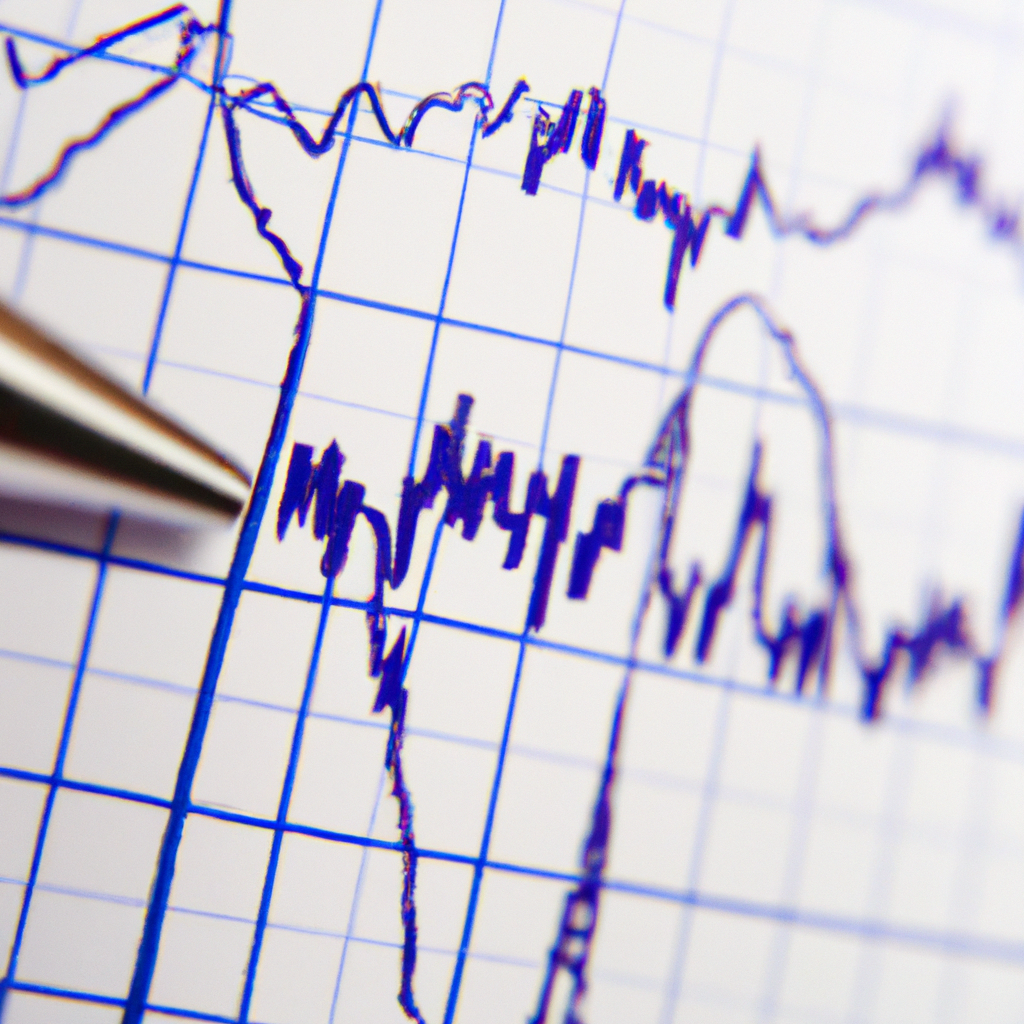
Using Moving Averages for Technical Analysis in Trading
Moving Averages Analysis
Introduction
Moving averages are a popular technical analysis tool used by traders to identify trends and potential entry and exit points in the market. They smooth out price data to create a single line that represents the average price over a specified period of time. This article will explore the different types of moving averages and how they can be used to make informed trading decisions.
Types of Moving Averages
Simple Moving Average (SMA)
The simple moving average is calculated by adding up the closing prices of a security over a certain number of periods and then dividing by the number of periods. For example, a 10-day SMA would add up the closing prices of the last 10 days and divide by 10 to get the average price.
Exponential Moving Average (EMA)
The exponential moving average gives more weight to recent prices, making it more responsive to price changes compared to the SMA. It is calculated by giving a higher weight to the most recent data points in the average calculation.
Using Moving Averages
Trend Identification
One of the most common uses of moving averages is to identify trends in the market. Traders look for crossovers between different moving averages to determine if a trend is forming. For example, a bullish crossover occurs when a short-term moving average crosses above a long-term moving average, indicating a potential uptrend.
Support and Resistance Levels
Moving averages can also act as support and resistance levels. When a security’s price approaches a moving average, it may bounce off that level, indicating a potential reversal in the trend. Traders often use moving averages to set stop-loss orders or take-profit levels based on these support and resistance levels.
Conclusion
Moving averages are a versatile tool that can help traders identify trends, support and resistance levels, and potential entry and exit points in the market. By understanding the different types of moving averages and how to interpret them, traders can make more informed trading decisions and improve their overall profitability.